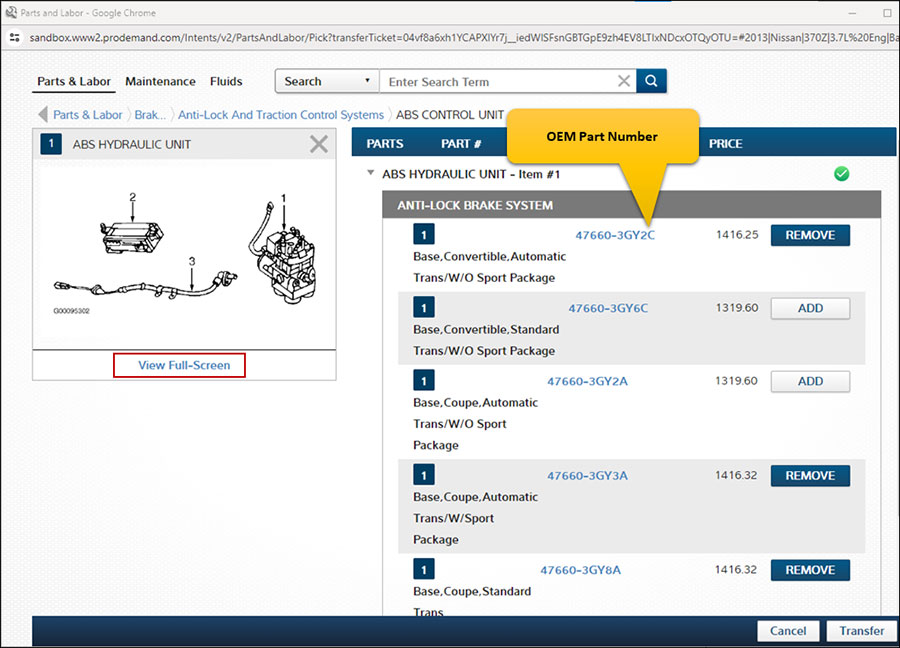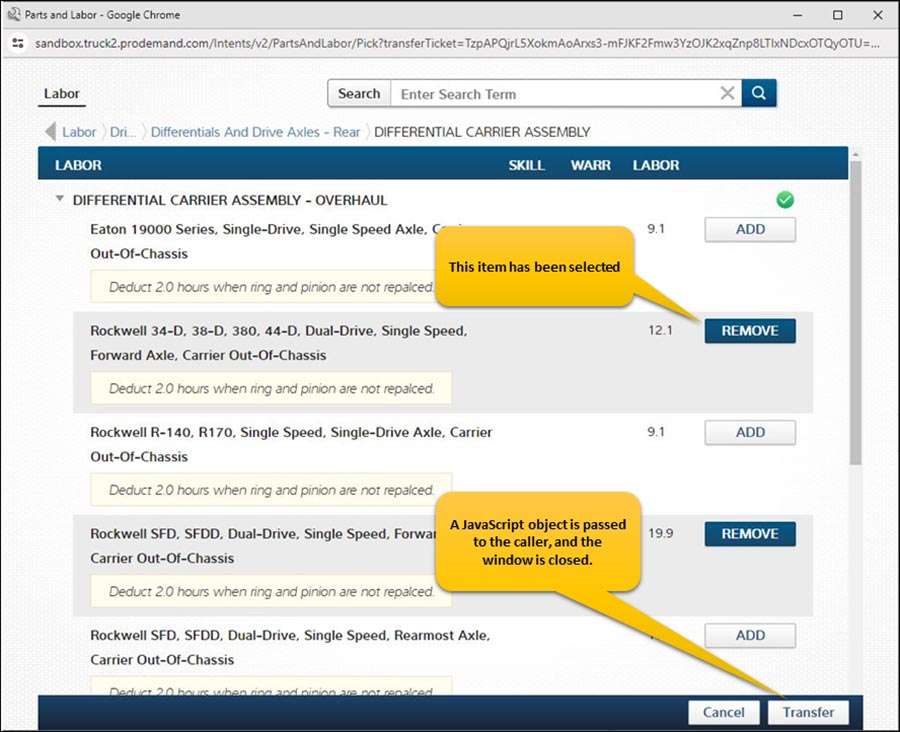
Picture, if you will, your life flashing before your eyes. How could so many images take place in mere seconds as a disaster unfolds? Decades ago, while checking out a driveline vibration, I had a truck running on a fore and aft hoist. At a most inopportune moment, the right front support on the hoist decided to slide in, turning the solid four-point system into an unbalanced three-legged stool.
The vehicle hovered in a suspended animation for a moment and then began what seemed to be an agonizingly slow roll to the right. My first futile thought was to try and stop the impending disaster by steadying the teetering truck. My second, more rational thought, was to get out of the way, knowing this truck would quickly be on its side. While the entire disaster perhaps took a few seconds, my brain seemed to be processing what happened after it happened.
Yep, I can think quickly but not as quickly as I think I can. On the other hand, I did learn from that experience that I have the ability to plan and help mitigate disasters. There are three basic steps that will help avoid disasters when lifting vehicles or heavy components during service: information, lifting equipment, and patience.
Step 1: Information
Before using equipment to lift a vehicle, know where to place the lifting equipment by consulting the appropriate service information. Lifting from the correct locations will help avoid breaking or bending components. Using the correct vehicle lift points described in the service information will also help to avoid hoist or jack slipping at the vehicle contact point. The service information provides insight into permissible vehicle positioning and wheel blocking to avoid vehicle movement when lifted.
Likewise, make sure the lifting equipment is designed for the lifting task. Another critical point to remember is the presence of any additional weight load at the lifting point(s), which could exceed the equipment’s capacity.
Step 2: Lifting Equipment
After determining the proper lifting equipment, ensure the equipment is in good condition. Check for leaks in the ram piston, visible bent or broken parts, and whether safety catches and other devices are present and functioning. (Missing safety catches were a secondary cause of my vehicle falling off the hoist.) The primary cause was my use of faulty equipment. While instructions for shop equipment often disappear soon after the equipment goes into service, we live in an age where operating instructions are typically available online from the manufacturer.
Step 3: Patience
Lastly, it takes time to ensure the above steps are properly addressed in a busy shop. Don’t let the drive to get a job done quickly interfere with getting it done safely. When working on vehicles, from cars to the largest trucks, they all have enough weight to result in a critical or fatal shop accident. A little patience in making sure a job can be done properly and safely is a worthwhile investment for yourself and everyone else.






